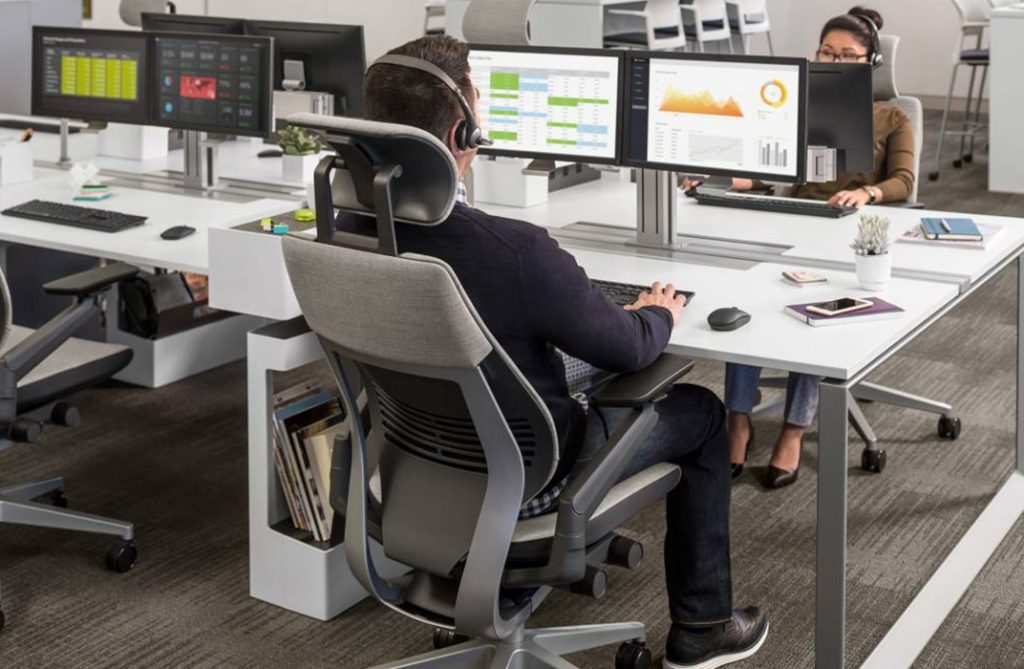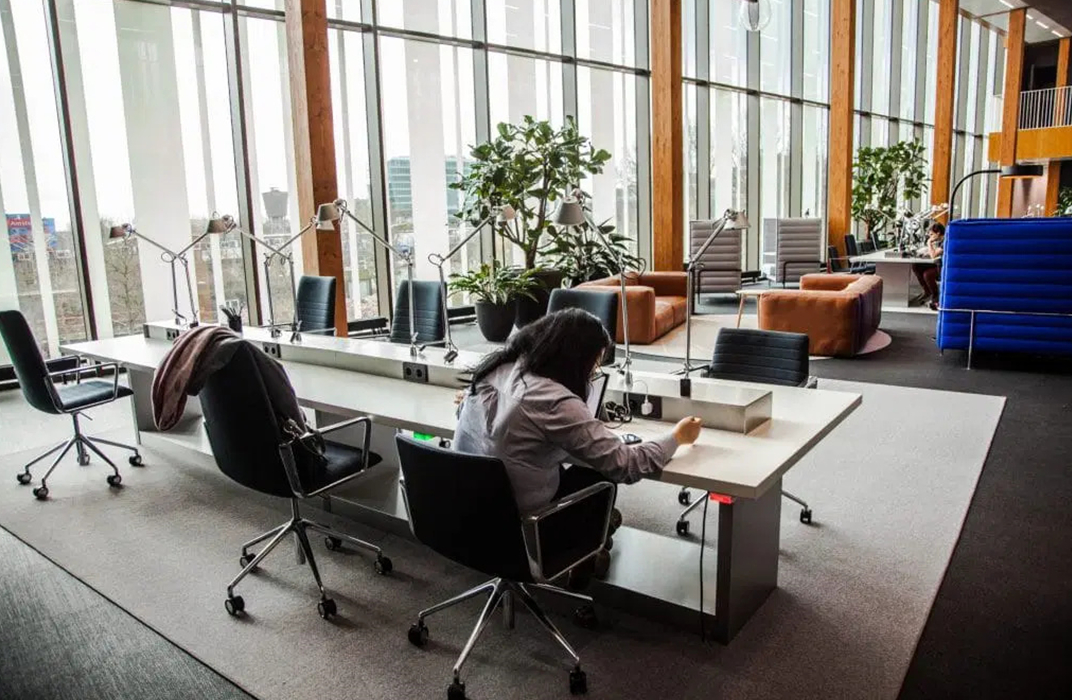Why Ergonomic Design Matters For Your Health And Productivity
Many people are unaware of how their seating and work environments can contribute to poor posture, which can lead to discomfort and long-term health issues. Ergonomic chairs and desks are designed to support the natural curves of the body, encouraging a neutral spine position. This support can help alleviate strain on the back, neck, and shoulders, ultimately reducing the risk of musculoskeletal disorders.
When individuals are comfortable, they are more likely to focus on their tasks without the distraction of discomfort or pain. Ergonomic keyboards and mice are designed to reduce strain on the hands and wrists, allowing for smoother and more efficient movements. This can lead to increased efficiency in completing tasks and a reduction in the number of breaks needed due to discomfort.

The impact of ergonomic design extends beyond individual comfort to overall workplace satisfaction. Environments that prioritize ergonomic principles often lead to happier employees. When workers feel supported and comfortable, they are more engaged and motivated. This can foster a positive workplace culture and contribute to lower turnover rates. Organizations that invest in ergonomic solutions demonstrate a commitment to employee well-being, which can enhance loyalty and job satisfaction.
In addition to physical benefits, ergonomic design can also promote mental well-being. A well-designed workspace can reduce stress and create a more pleasant atmosphere. Natural lighting, adjustable furniture, and organized layouts contribute to a calming environment that encourages focus and creativity. When individuals feel comfortable in their surroundings, they are more likely to experience lower levels of anxiety and higher levels of productivity.
Choosing ergonomic products requires careful consideration of individual needs and preferences. Not all ergonomic solutions are one-size-fits-all, so it is essential to explore various options. Adjustable chairs and desks allow users to customize their settings according to their body type and work habits. Investing time in finding the right ergonomic tools can pay off in the long run by significantly improving comfort and efficiency.
Regular breaks and movement are also crucial components of an ergonomic approach. Even the best-designed workstations cannot eliminate the need for physical activity. Incorporating short breaks to stretch or move around can help prevent stiffness and fatigue. Standing desks or sit-stand options encourage users to alternate between sitting and standing throughout the day, promoting better circulation and reducing the risk of sedentary-related health issues.

Educating individuals about the principles of ergonomic design is vital for fostering healthier work habits. Workshops and training sessions can provide valuable insights into proper posture, workspace setup, and the benefits of using ergonomic tools. Encouraging employees to take an active role in their comfort and well-being can lead to a more productive and engaged workforce.
It is a fundamental aspect of creating healthy and productive environments. By prioritizing comfort and efficiency, individuals and organizations can reap the benefits of improved health, enhanced productivity, and overall satisfaction. Embracing ergonomic principles can lead to a more balanced and enjoyable work experience, ultimately contributing to long-term success.




